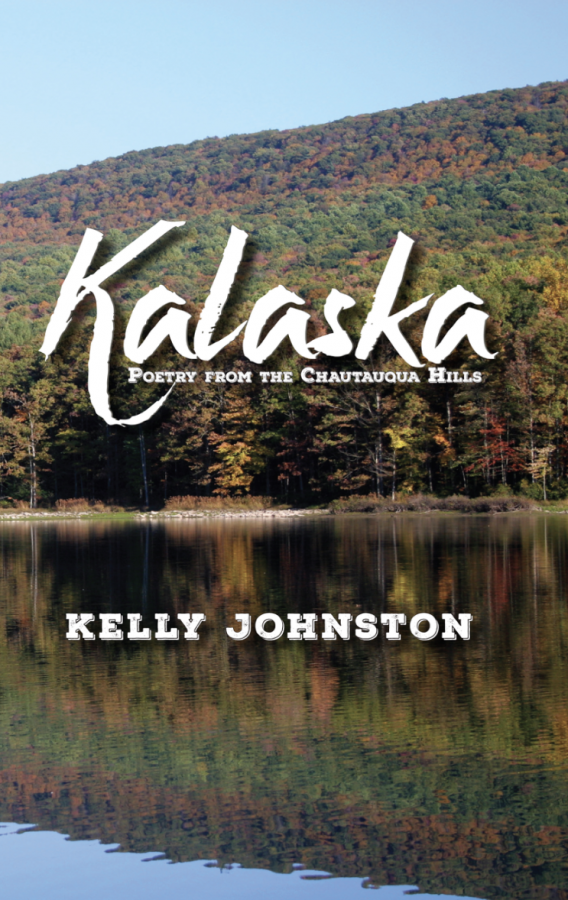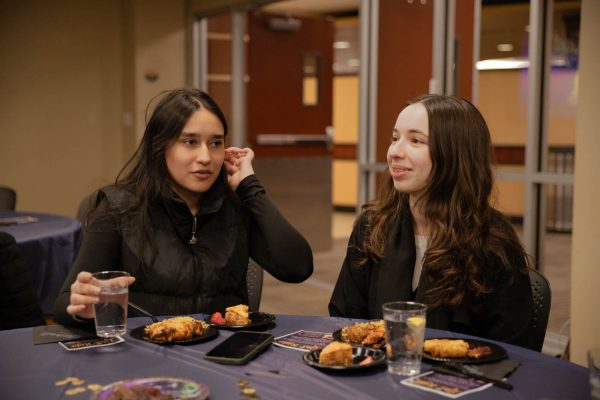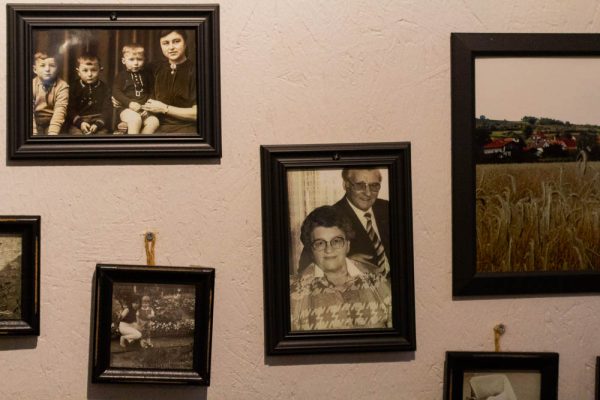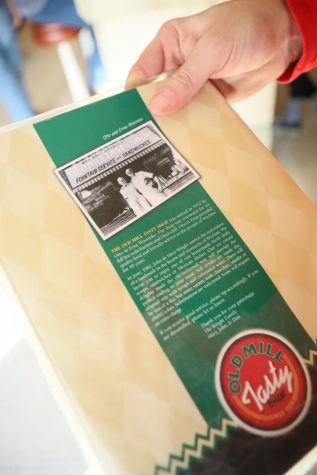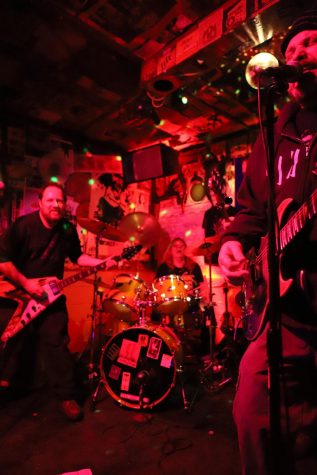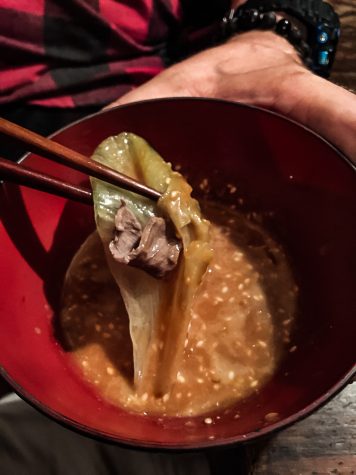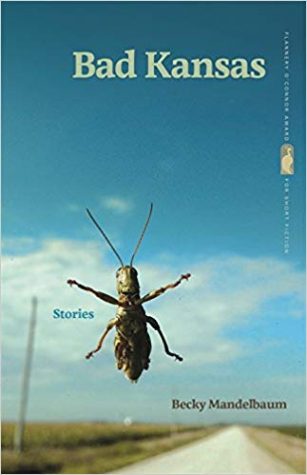Verses in Review: “Kalaska” by Kelly Johnston
Poets and novelists, playwrights — world renowned and unknown alike — scribblers of haiku that will never be scrutinized by the eyes of posterity, have often held seemingly inauspicious jobs in terms of literary inspiration.
Bukowski was a mailman. Wallace Stevens sold insurance. Frank Stanford was a land surveyor.
The list goes on.
Each let images from their day jobs seep into their writing.
In the same spirit, Kansas attorney and author Kelly Johnston, in his 2017 publication “Kalaska,” attempts to apply the civil laws of mankind to the primal nature of life in the Chautauqua hills.
In the collection, readers are met with 36 free verse poems broken into four sections, reflecting the changing seasons.
Through great plains imagery, Johnston juxtaposes our understanding of human law and mankind’s contradictory relationship with nature, asserting that reconciling the two and living amongst the visions, fruits, and organisms of the terrestrial landscape, is ultimately possible.
To do so, one must first acknowledge two things — that fear is everywhere and that all life is cyclical.
Such is the case when Johnston’s speaker in “April Apocalypse” likens the flight of plains prey animals to armageddon. Johnston writes that the “Deer with high-tails try to escape/ Coyotes close behind, all looking/ Back at the horseman in the vanguard.”
Fear of death in this light assimilates the human and animal experience. They are one in the same.
“I cannot fight Apocalypse,” Johnston writes in the poem’s final stanza. Fighting in this context may be seen as representing the author’s own perspective from the courtroom as a lawyer versus that of pursuing and pursued animals, which do not abide by what humans would recognize as civil justice.
Johnston’s speakers in mid-verse seem to place themselves within the Chautauqua Hills environment. In “Hunting in the Chautauqua Hills,” readers find a language that binds hunters to their prey.
“Eyes eddy in patches of shadow,” Johnston writes. “Where deer try to hide … circle to creek bed below.
This repeated omission of definitives Johnston uses throughout “Kalaska” is unique. The device shows empathy with prey animals of the world as well as with the landscape they inhabit.
Through an acute attention to versive detail, Johnston seems to apply his experience in the courtroom to naturalistic poetry. Acknowledging the logic unique to humans and more often than not, prevailing primal nature of action in animals, “Kalaska” succeeds here as well.
In expressing that human and animal fear can be synonymous, Johnston achieves a common goal. Similarly, in viewing the terrestrial landscape through multiple perspectives and sympathizing with the language of organisms whose communication mediums have long been abandoned by humanity’s upward ascendence through the fabric of evolution, Johnston’s effort serves as a formative didactic in the field of environmental poetry.
Find “Kalaska” for sale here.




